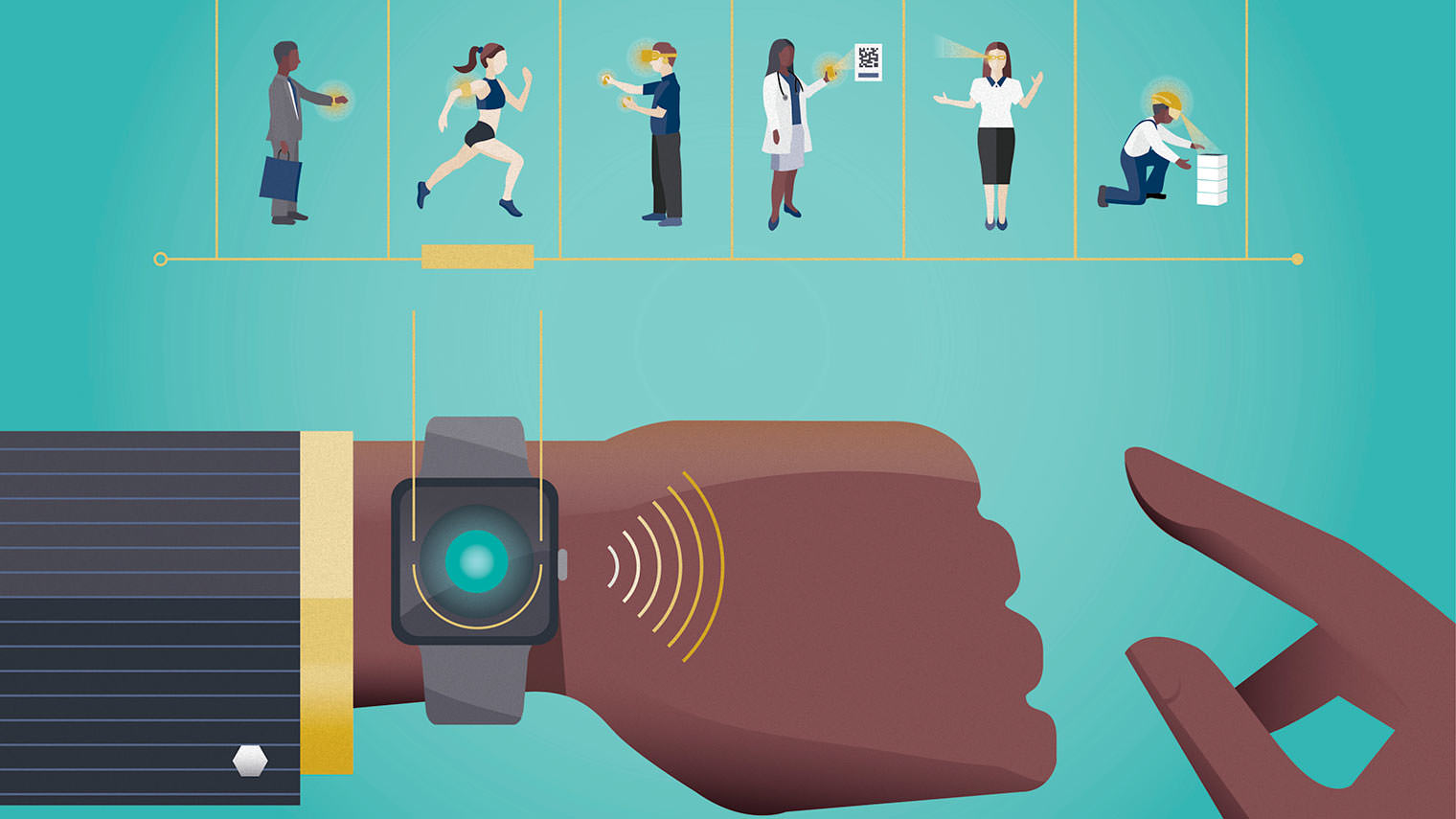News this week that Intel has eliminated its wearables team, which was part of its New Technologies Group, is just the latest in what seems like an ongoing drumbeat of bad news about the category. In recent times pioneering brands such as Pebble and Jawbone have departed the market, and the brand synonymous with the category, Fitbit, has faced a string of challenging quarters. But while broad interest in the category may be in a lull, I’m convinced the technology still has an important role to play going forward, across a wide range of use cases. Companies that throw in the towel now may regret doing so down the road.
Outsized Expectations
When wearables first started to gain attention in the market, too many people—industry analysts included—attached huge expectations to the category. Major brand such as Samsung entered the market with great fanfare. Google rolled out Android Gear with numerous partners. And Apple launched the Apple Watch. The hype reached a fever pitch as people and companies, looking for the next big thing after smartphones, pinned their hopes on wearables. The problem: Too many were unwilling to accept the fact that we’re not likely to see again any tech product that ships as many units, or impacts the world as greatly, as the smartphone.
And so, for many, the wearable market seems to be a bust, unable to live up to the unreasonable expectations placed upon it. However, while it is certainly true that many of the early brands that entered the market have fallen on hard times, the market itself has actually continued to grow at a reasonable clip. In 2016, IDC estimates the total wearable market, which includes everything from fitness trackers to smartwatches, smart ear-worn devices to smart clothing, grew to nearly 105M units for the year. That’s a year-over-year increase of 27%, with revenues that totaled about $16.3B. And the market will continue to grow for the foreseeable future. By 2021, IDC predicts the market will hit 240M units with revenues well north of $37B.
New Expectations, New Opportunities
While many in the industry have moved on from wearables, Apple is clearly still focused on the category. While WatchOS didn’t receive much stage time at WWDC, the company continues to build out the platform, and there is no doubt we’ll see more hardware down the road. And the watch isn’t the only body-worn product Apple has in the market. It’s AirPods, on back order since launching at the end of 2016, have quietly become many Apple fans’ favorite new product. And what makes the AirPods special isn’t just the elimination of the wires, but the custom Apple silicon on board that brings a level of interaction capabilities to the product that you can’t find with just any Bluetooth headset. The number of new features and functionality that Apple could eventually tie AirPods is sizeable. And it points to one of the luxuries of being Apple: It can play the long game. It doesn’t have to make outsized profits from Apple Watch or AirPods to keep the products in the market and ever evolving.
I’m convinced that Apple believes what I do: That there are still numerous opportunities for wearables in the markets where they currently play (Jan Dawson’s recent column illustrates this well). And perhaps more importantly, the category will play a key role in enabling other new technologies and capabilities down the road.
Near term, in addition to the evolving story around health and fitness, I expect wearables to play an increasingly important role in the areas of biometrics, security, and digital payments. Longer term, however, is where things get even more interesting, as wearables are likely to play an important role in the evolution of human to machine interfaces. I’m especially excited about the opportunities that will present themselves as augmented reality technologies come to fruition. In the future, we’re likely to interact with technology in a wide range of ways, using our eyes, our ears, our voice, and our hands. Wearables may prove to be the single best way to capture much of this input.
In other words, if you don’t believe tapping on glass is the best we can do in this regard, then you should continue to watch the wearables space. Vendors may come and go, and the volumes won’t come close to that of the smartphone, but the category may well be an important predictor of the future.

There is definately a lot to find out about this subject. I like all the points you made
But wanna say that this really is quite helpful , Thanks for taking your time to write this.
We always follow your beautiful content I look forward to the continuation.